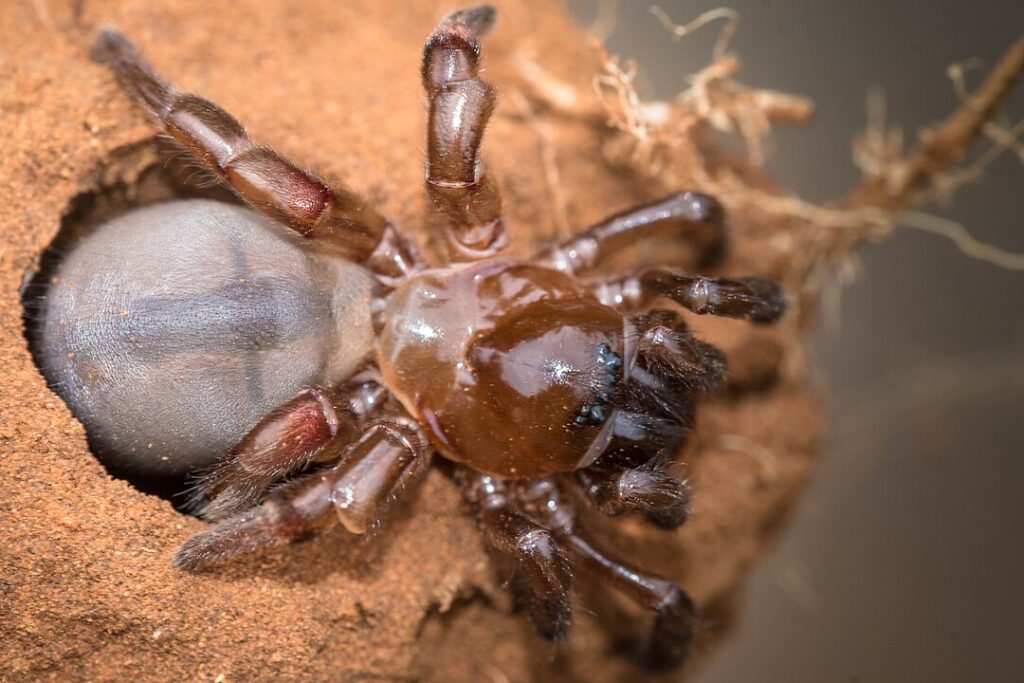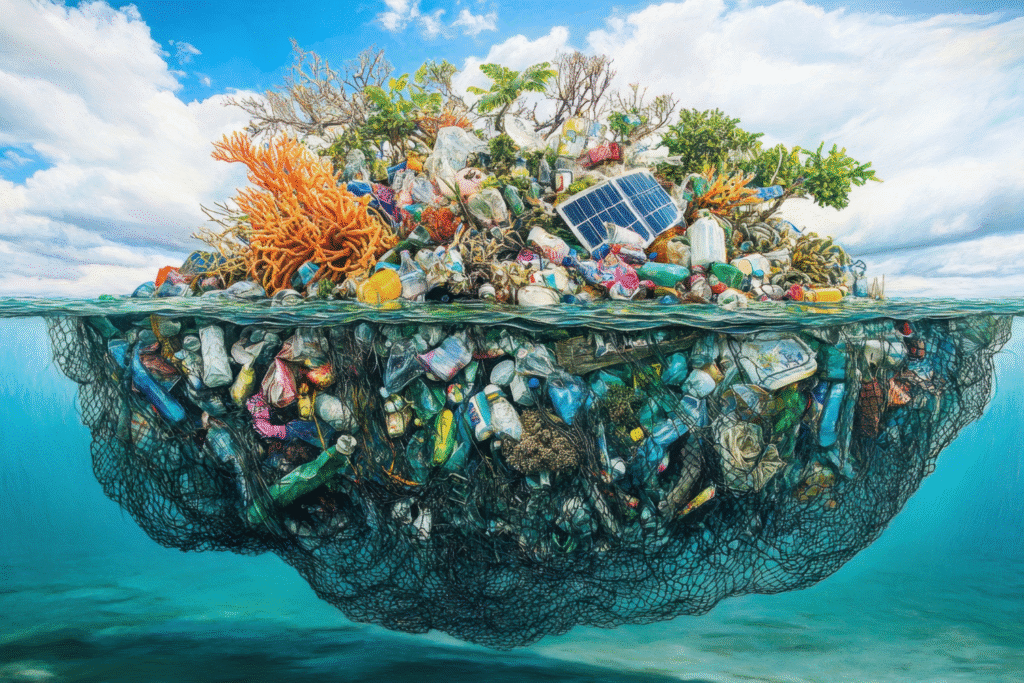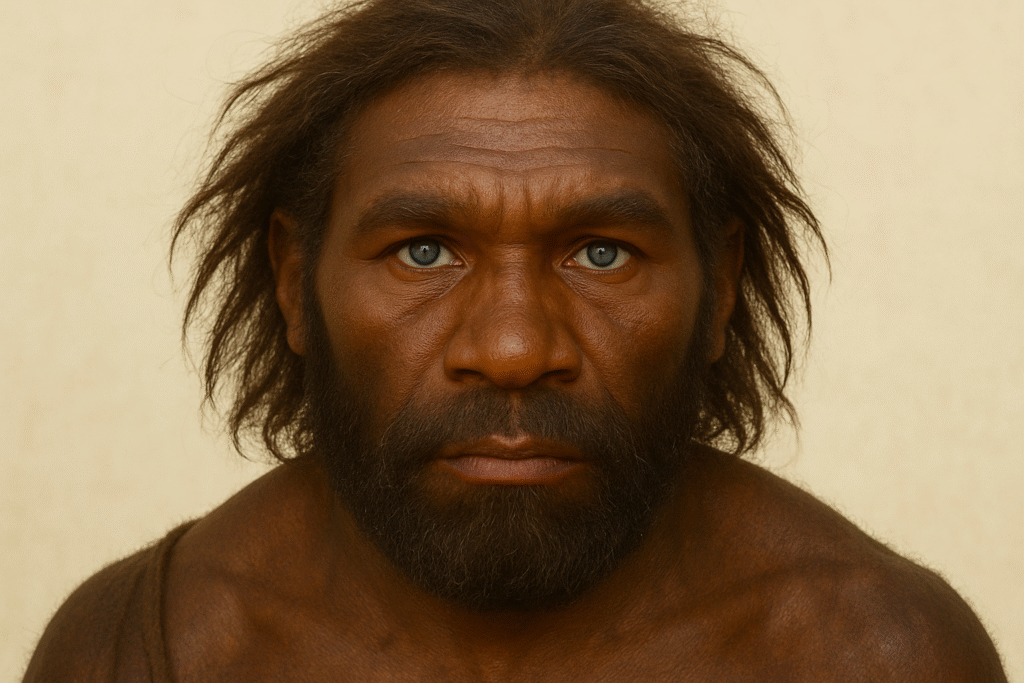Government lapse exposed flaws in safety systems.

When the 2025 federal shutdown hit the United States, its effects rippled far beyond furloughed workers and stalled offices. It deepened vulnerabilities in food safety, animal welfare and the entire chain that links farm to table and farm to pet. Oversight inspections slowed, regulatory updates stalled and critical monitoring programs paused. As we move through each of the 12 ways this disruption played out, you’ll see how gaps opened and what “safe” really means when the machinery set up to protect it breaks down.




